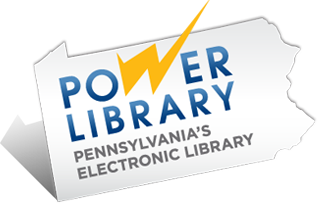Whether your child’s favorite place to learn is the kitchen, computer, workshop or your backyard, these books offer hands-on activities to keep them creating.
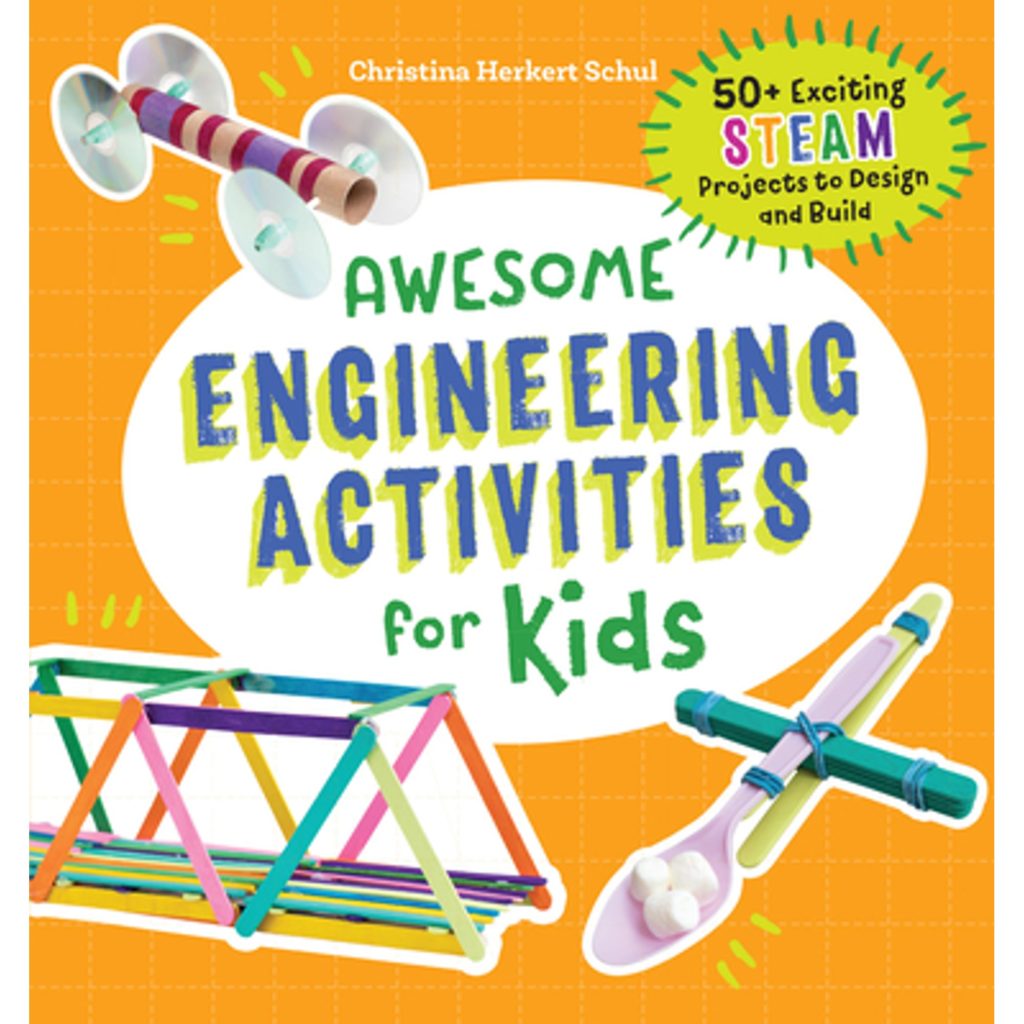
Awesome Engineering Activities for Kids by Christina Herkert Schul
From block towers to blanket-and-pillow forts, children are natural builders. With this book, you can complete over 50 building projects with everyday items and learn the principals of engineering used to build bridges and skyscrapers. With a little bit of planning and know-how, kids will transform recycled bottles, toothpicks, paper cups, and other simple objects into cool contraptions!
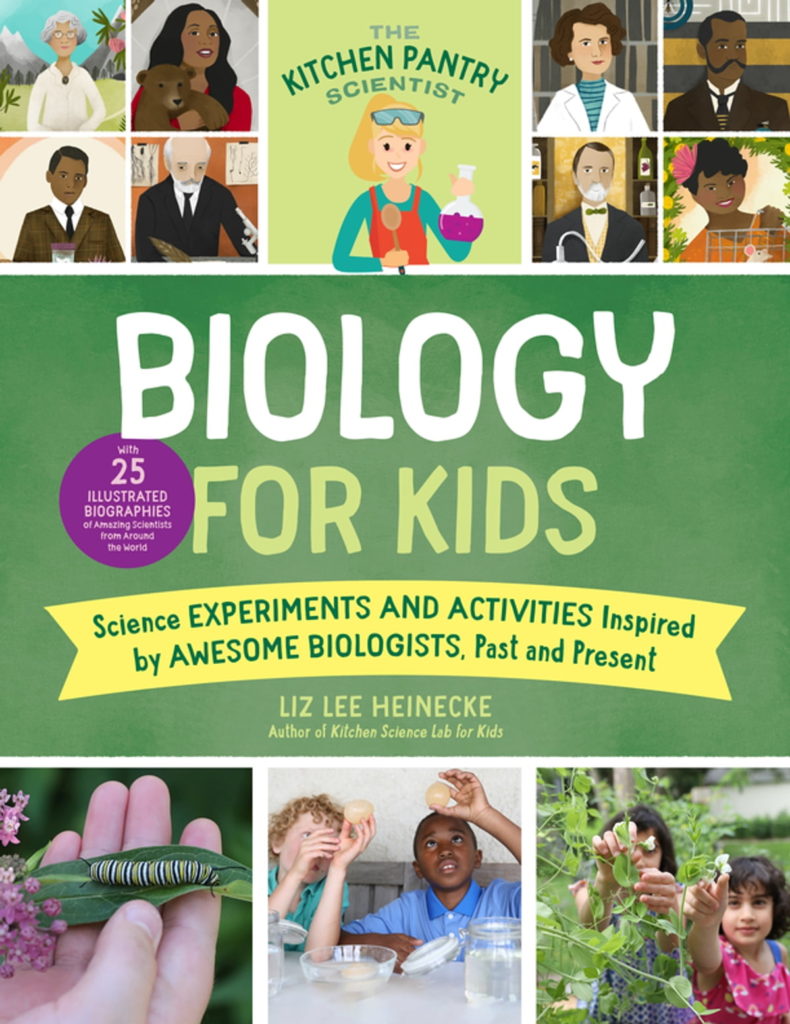
Biology for Kids by Liz Lee Heinecke
With this book, kids will learn about well-known biologists past and present while imitating the experiments that made them famous. Study the metamorphosis of butterflies in your backyard with Maria Sibylla Merian, then move into your kitchen to uncover the science of spontaneous generation with Louis Pasteur. The 25 at-home experiments in this book will introduce you to the biology of plants, animals, and even germs!
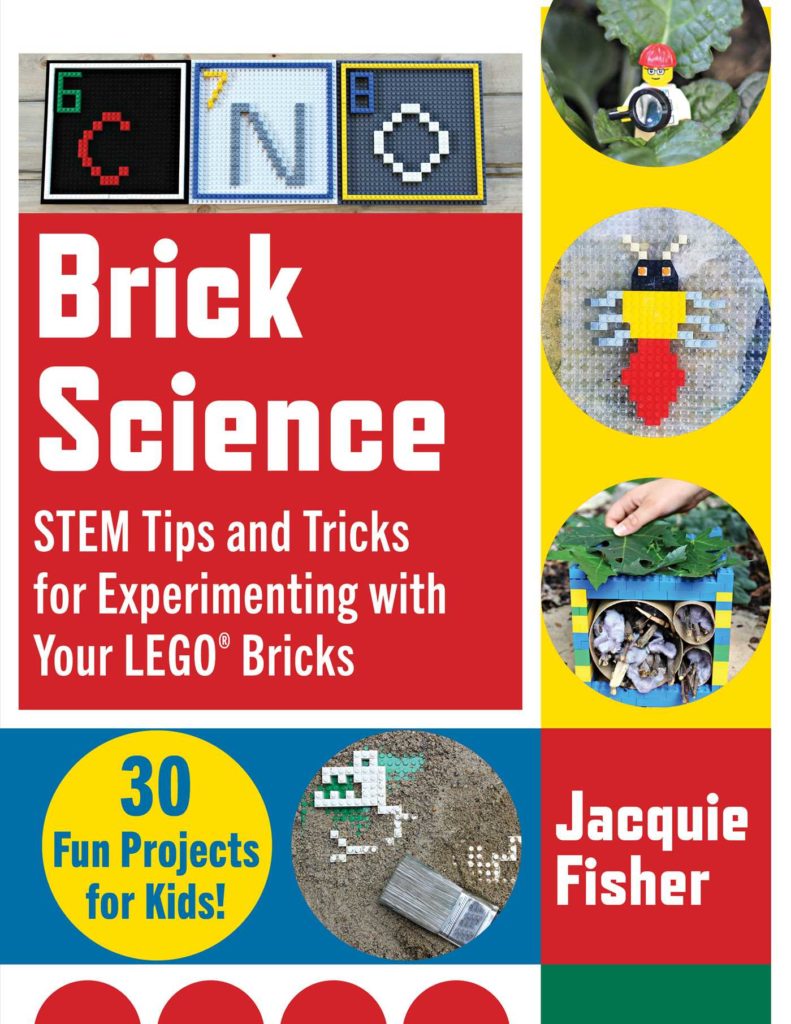
Brick Science by Jacquie Fisher
Children (and adults) of all ages enjoy getting creative with LEGO bricks. Now you can use your LEGO collection to learn about biology, earth sciences, chemistry, and physics. The illustrated guides can help kids build their own models of cells, fossils, insects, and more. Then use your LEGO bricks (plus some additional materials) to build and conduct your own experiments on the science of motion, sound, buoyancy, and more!
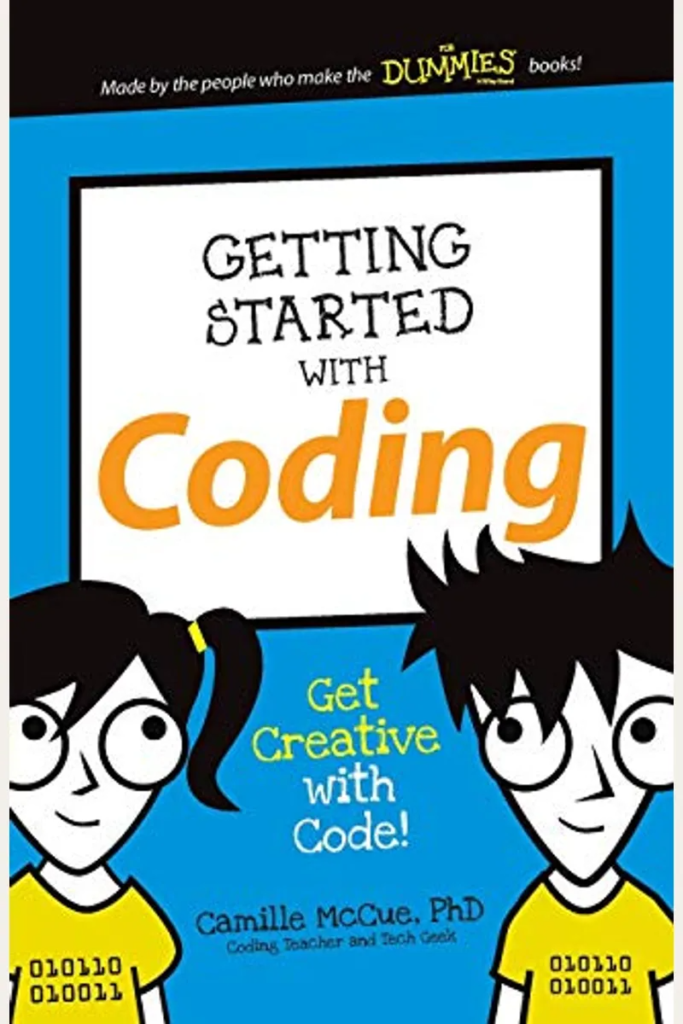
Getting Started with Coding by Camille McCue, PhD
If your young learner wants to know more about how they do all the cool things they do, this book is a great place to start. Learn about coding—the art of writing computer instructions with seven unique projects. As readers work through the step-by-step guides, they’ll learn computer coding language and terms while making their own games and puzzles.
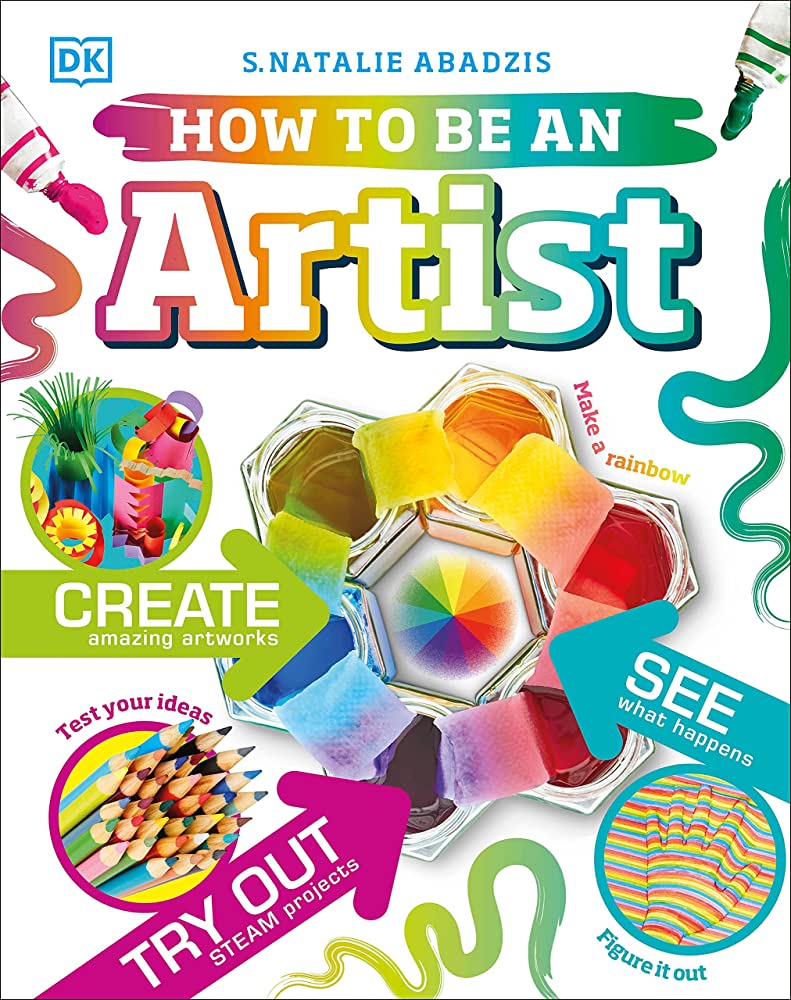
How to Be an Artist by S. Natalie Abadzis
Go beyond crayons with this illustrated guide to dozens of art styles. More than just a how-to book, this guide introduces different art materials and the science of color and light. Whether your artist likes to draw, paint, or sculpt, they’ll learn plenty of tips and techniques inspired by famous artists throughout history. This book even shows how to turn art into exciting flip-book or stop-motion animation sequences.
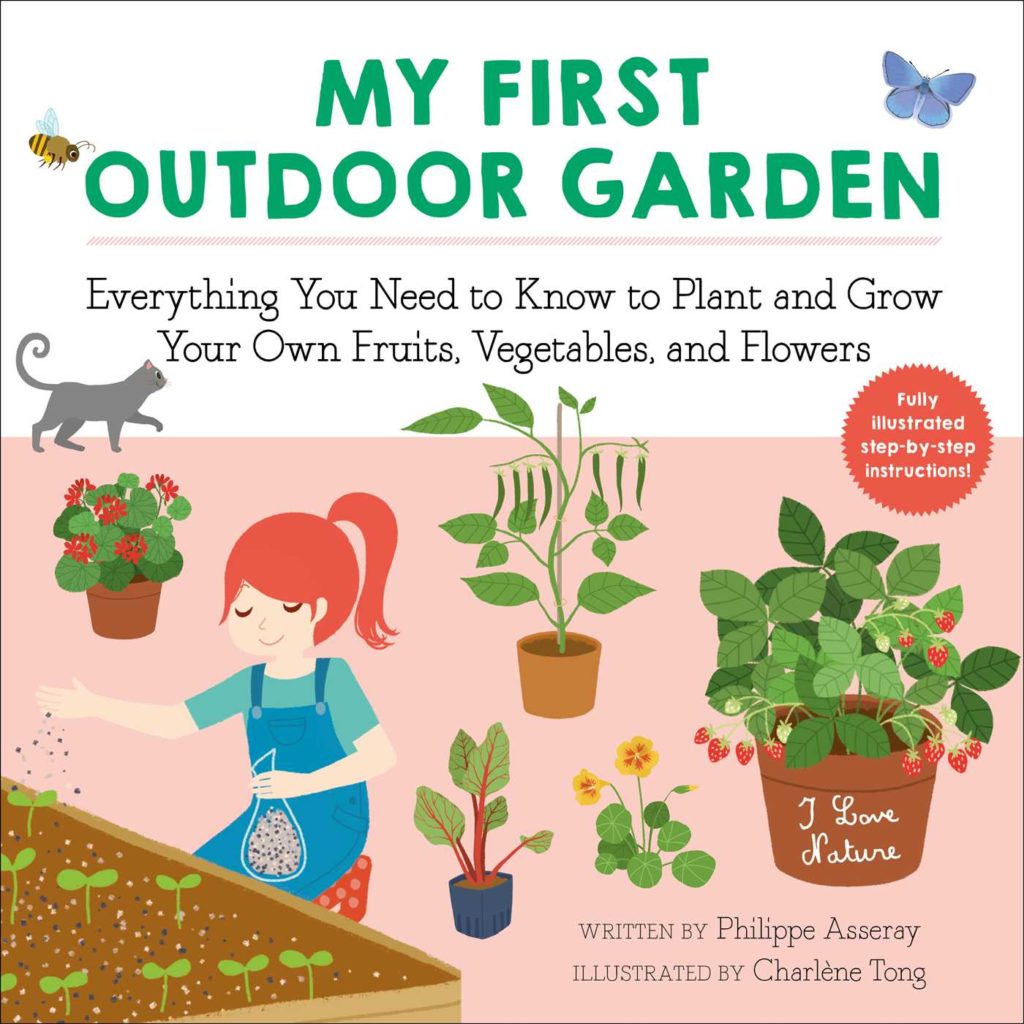
My First Outdoor Garden by Philippe Asseray
With plenty of pictures and step-by-step guides, this book is ideal for even the youngest of gardeners. Learn all about the tools you need and get ideas for how to set up your garden. The book offers some handy tips for evaluating soil, watering a garden, starting plants indoors and more. Soon, your budding gardener will be on their way to growing vegetables and flowers!
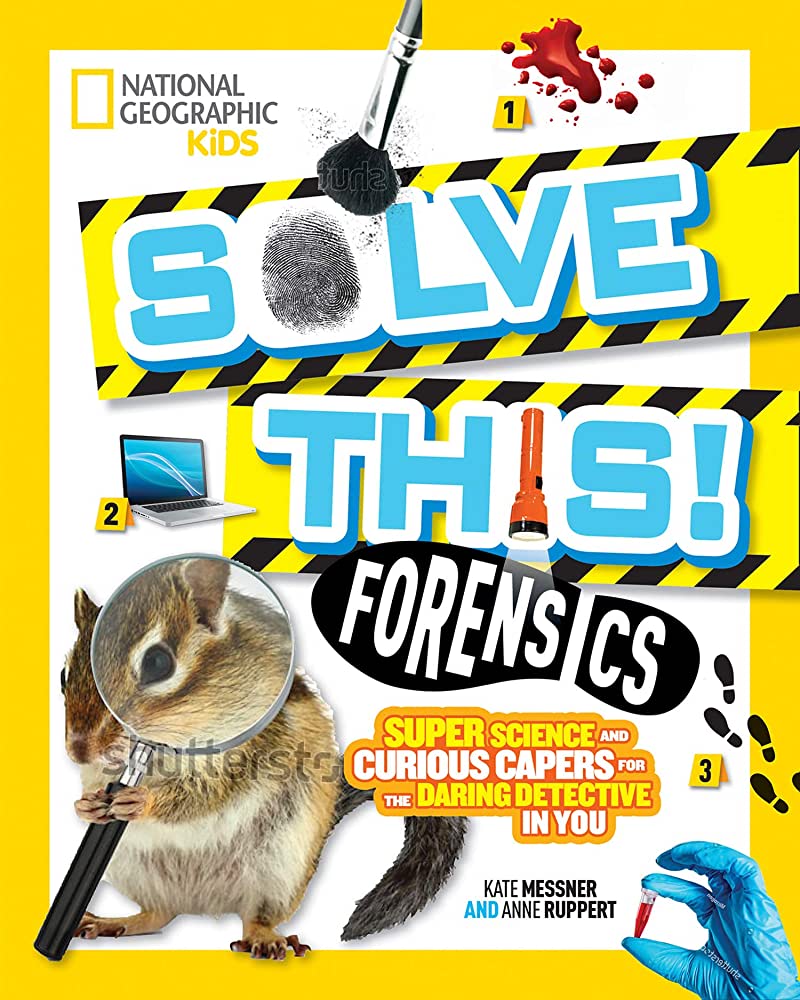
Solve This! Forensics by Kate Messner and Anne Ruppert
Let your child put their detective skills to work solving mysteries using forensic science. They’ll start with an introduction to the different kinds of evidence available and the tools that pros use to analyze clues. Then they’ll put your new skills into action to examine fingerprints, handwriting, shoe prints, and other clues to crack the case. Each case concludes with an experiment to try in an at-home crime lab.
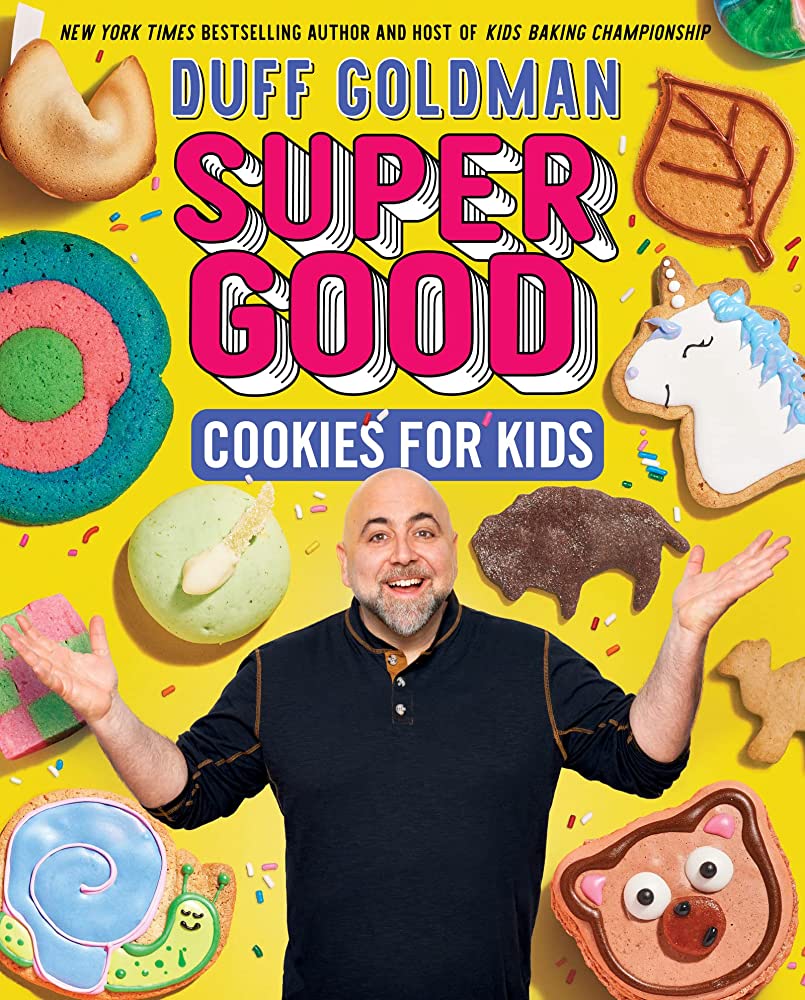
Super Good Cookies for Kids by Duff Goldman
Whether your child’s favorite cookies are chocolate chip, gingersnaps, shortbread, or sandwich cookies, they’re sure to find something tasty to make in this book. They’ll also discover recipes from around the world and make specialty cookies such as ice cream cones, fortune cookies, and biscotti. Finally, top their cookies off with own homemade decorative icing!
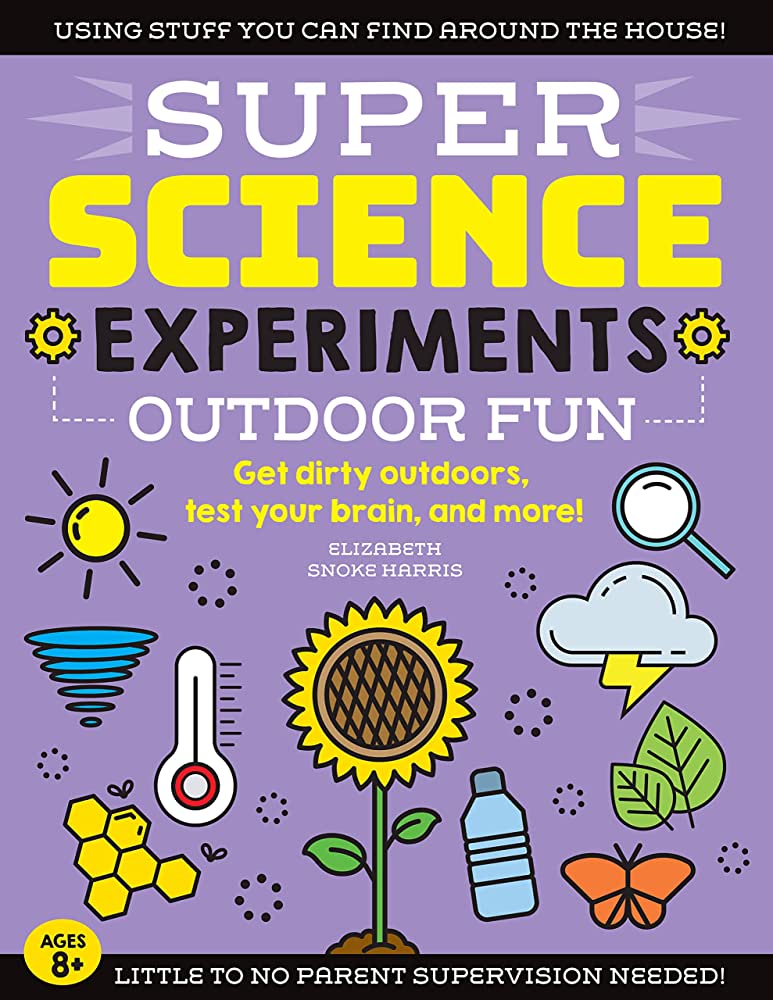
Super Science Experiments: Outdoor Fun by Elizabeth Snoke Harris
Enjoy science in the great outdoors with this fun-filled book. With just a few simple household objects, your child can conduct over 80 experiments. Build feeders that introduce them to bird and insect behavior. Learn about weather with homemade thermometers and barometers. Use cellophane to see how plants respond to sunlight. Finally, try some cool balancing tricks while learning how gravity works. When they’re done, be sure to check out the other books in the Super Science Experiments series.
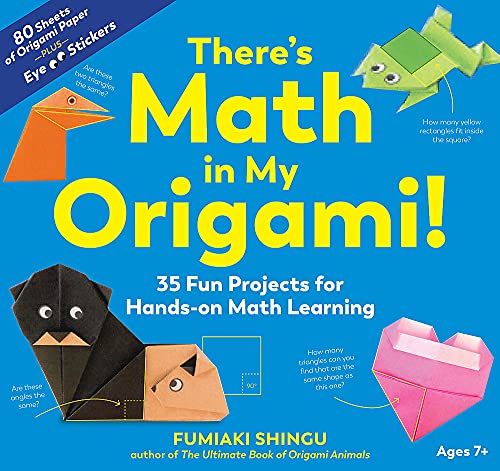
There’s Math in My Origami! by Fumiaki Shingū
From airplanes to animals to toys, you and your kids can make dozens of fun things by learning the paper-folding art of origami. Each project is rated from beginner to expert so you can quickly find projects that match your experience level. (Pro tip: If you don’t have origami paper, use a square of sturdy wrapping paper.) As an added bonus, they’ll use these origami projects to learn some new geometry terms and ideas. The end of the book asks them to put their new math skills to work with some bonus brain teasers!
Jac F., Quakertown branch
